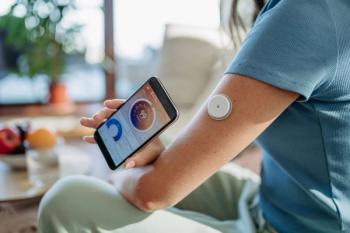
Does maternal weight influence neonatal vitamin D levels?
A small cross-sectional study suggests that neonates of obese mothers may have lower-than-normal vitamin D levels, even when maternal serum levels are adequate. The findings, published in the Journal of Clinical Endocrinology and Metabolism, underscore the need for more research on the role that vitamin D plays in the health of infants.
A small cross-sectional study suggests that neonates of obese mothers may have lower-than-normal vitamin D levels, even when maternal serum levels are adequate. The findings, published in the
Researchers at Northwestern University in Chicago, Illinois, enrolled 61 maternal-neonatal pairs in the study. Pregnancy body mass indexes (BMI) in some of the women were normal and in others obese. Maternal and cord blood sera were assayed for 25-OH D and neonatal body composition was measured by air displacement plethysmography. The goal was to determine the relationship between vitamin D levels in mothers and newborns, as influenced by maternal obesity, and evaluate the associations with neonatal adiposity.
At 36 weeks’ to 38 weeks’ gestation, levels of 25-OH D in the women were similar and sufficient regardless of BMI (normal weight, 46.05 ng/mL vs obese, 49.84 ng/mL). Cord blood 25-OH D, however, was higher in neonates born to mothers of normal weight than to obese mothers (27.45 ng/mL vs 20.81 ng/mL; P=0.02). Four factors influenced the variance in cord blood 25-OH D: maternal 25-OH D level, presence of maternal obesity, maternal age, and neonatal adiposity (r2=0.66).
Obese women, the researchers concluded, transfer less 25-OH D to offspring than do normal-weight women, even when their own vitamin D levels are sufficient.
“What was novel about this study was that we found babies born with higher vitamin D levels had more body fat,” said the authors. “That’s in contrast to studies in children and adults who have in inverse relationship between levels of vitamin D and body fat, where the higher their vitamin D, the lower their fat.”
The researchers hypothesize that vitamin D may get sequestered in excess maternal fat and be transferred insufficiently from mother to child, but whether that translates into a need for larger doses of prenatal vitamin D supplements remains to be determined.
Newsletter
Get the latest clinical updates, case studies, and expert commentary in obstetric and gynecologic care. Sign up now to stay informed.











